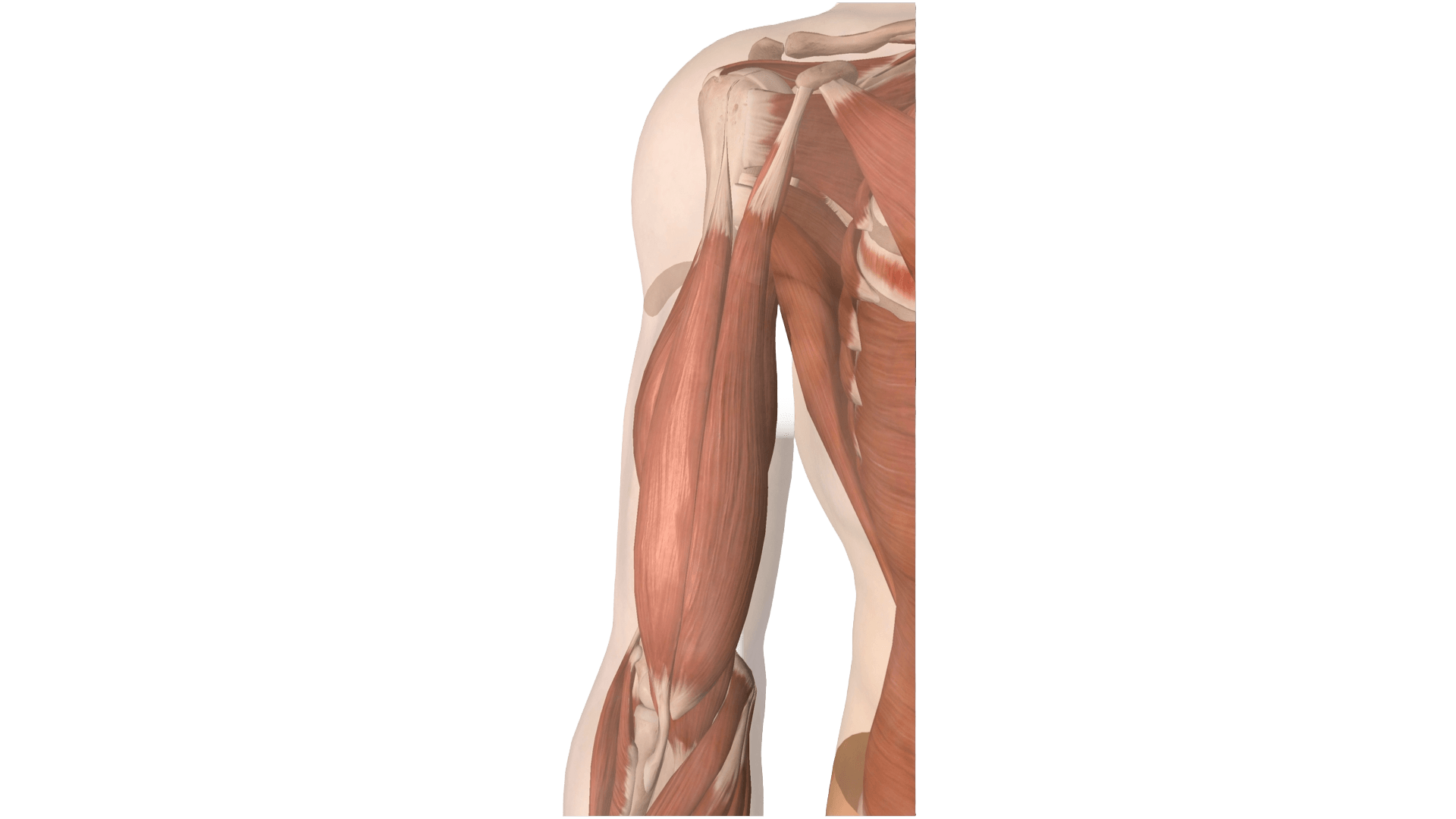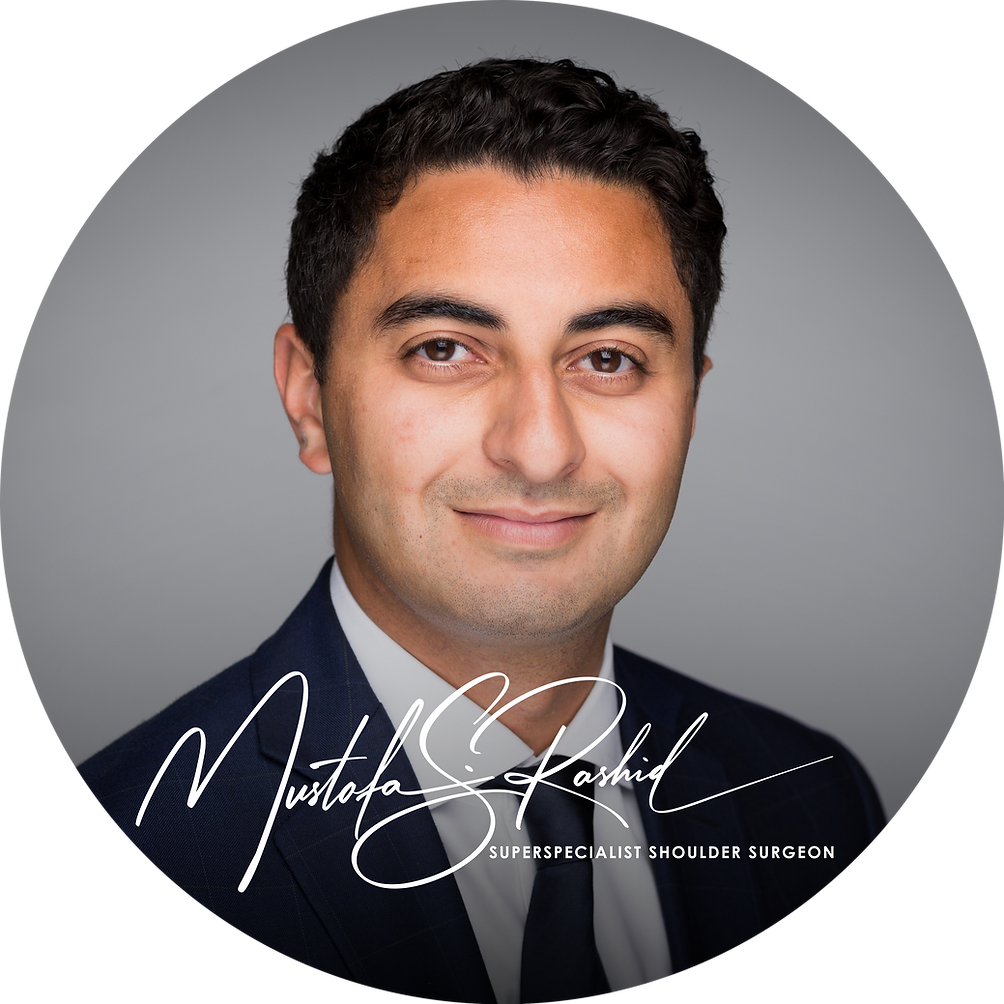Biceps Injuries

Anatomy and Function
The biceps muscle is made up of two heads. The short head and the long head. At the shoulder, the long head of biceps tendon enters the shoulder joint through a small opening between two shoulder muscles, the rotator cuff. At this end, it is prone to injury and inflammation. The short head does not attach inside the shoulder, but just outside, on a bone that is part of the shoulder blade, the coracoid.
The muscle is long, thin and large. As we go from the shoulder to the elbow, the two heads of biceps converge to one tendon at the elbow. This tendon attaches to the radius bone of the forearm. The main function of the biceps muscle is to turn the palm from facing down to facing up, a motion called “supination”. Contrary to popular belief, bending the elbow, called flexion, is mainly done by the Brachialis muscle, which lie underneath the biceps muscle, and is rarely injured.
Types of Biceps Injuries
The long head of biceps may detach from its attachment within the shoulder. This often happens in older people, and is most commonly associated with rotator cuff problems. As the short head is more important for strength and movement, most people can compensate without an attached long head of biceps. Some, however, may notice cramping of the muscle that may need treatment to resolve.
The tendon of the biceps at the elbow is most often injured in younger men (21 to 65 years old) and as a result of a sudden force on the biceps. As there is only one tendon attaching the muscle to the forearm, more patients opt to have this tendon repaired than not.
Symptoms
Pain and cramping of the muscle are most common symptoms. The muscle belly will often bunch up in the mid portion of the arm and is noticeably different to the other side. Bruising may be seen in the arm or forearm. If left without treatment, some patients notice weakness of the arm, mainly in turning the palm up, rather than weakness in bending the elbow.
Diagnosis
Most of the time, the diagnosis is made by examination by a specialist, such as Dr. Rashid, who is trained to identify these injuries. Occasionally, if there is uncertainty as to whether the tear is partial or complete, or whether the tendon has detached from the bone (most common) or from the muscle-tendon junction, then a MRI scan may aid diagnosis.
Do I need surgery to repair my biceps tendon?
Surprisingly, not everyone needs to have their biceps repaired, especially if the long head tendon is detached from the shoulder. If it is detached at the elbow, you may choose not to have surgery to repair it. In this case, most patients will not have long-lasting pain, but rather 50% weakness in turning their palm up (supination), and 15% weakness in bending the elbow (flexion). Younger, and more active patients may choose to have surgery to repair the tendon, to maximise the potential for full recovery and close to normal strength.
Surgical Treatment Options
Dr. Rashid uses the most advanced and proven techniques to repair the biceps tendon. His choice of surgical technique is based on what provides the strongest repair and best chance of full return to function. At the shoulder end, the long head of biceps are repaired using two all-suture anchors and 4 pairs of very strong suture to tie the tendon down to the bone. At the elbow, a combination of a titanium button implant, and a pair of ultrastrong sutures are used to repair the tendon into a socket made in the radius bone. This technique allows quick return to activity and close to normal return of strength.
Self-Management and Lifestyle Tips
The first step is to meet with a specialist, such as Dr. Rashid, and determine which treatment pathway best fits you and your lifestyle. If you chose not to undergo surgery, then a rehabilitation plan will be outlined with your physiotherapist to allow optimal return to activities. If your injury occurred whilst lifting weights or resistance training, Dr. Rashid and your physiotherapists will provide some advice to prevent re-injury. After surgical repair, a rehab protocol will be outlined by Dr. Rashid, to allow safe and optimal return to normal activities, including weightlifting.
About the Author

Mustafa Rashid
Dr. Mustafa Rashid is an award-winning, well published superspecialised surgeon from the UK, specialising in shoulders
